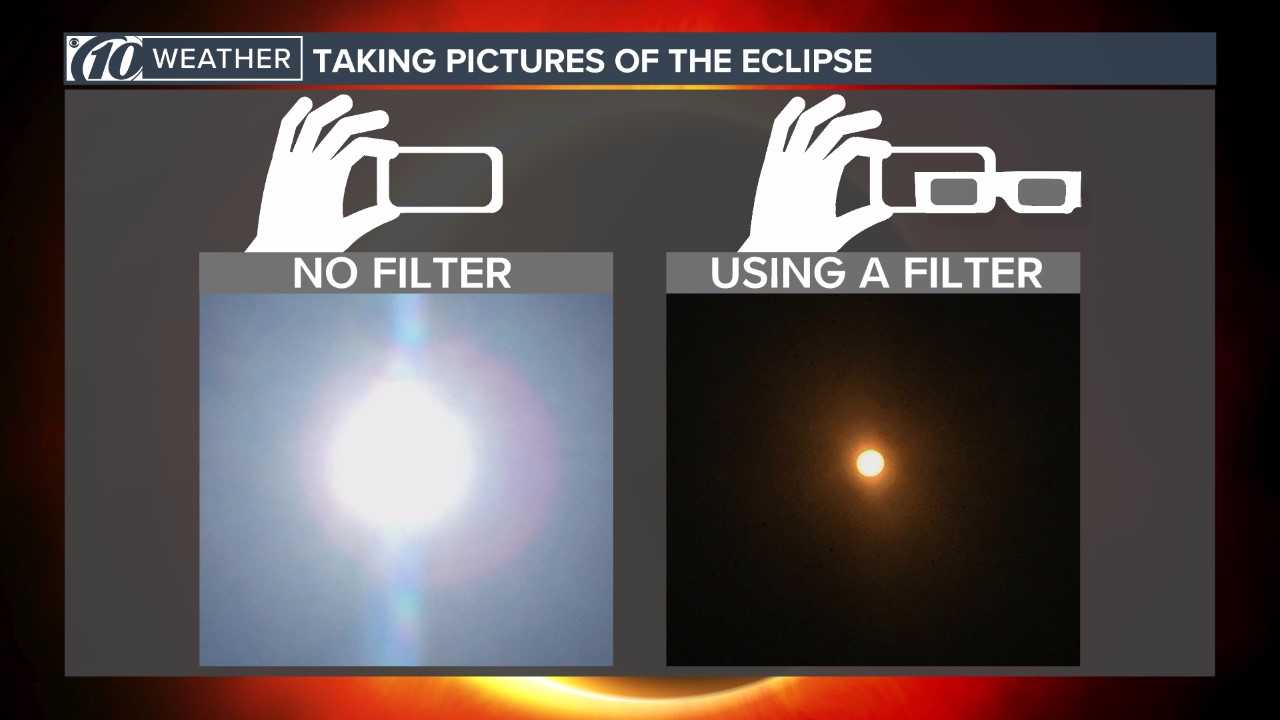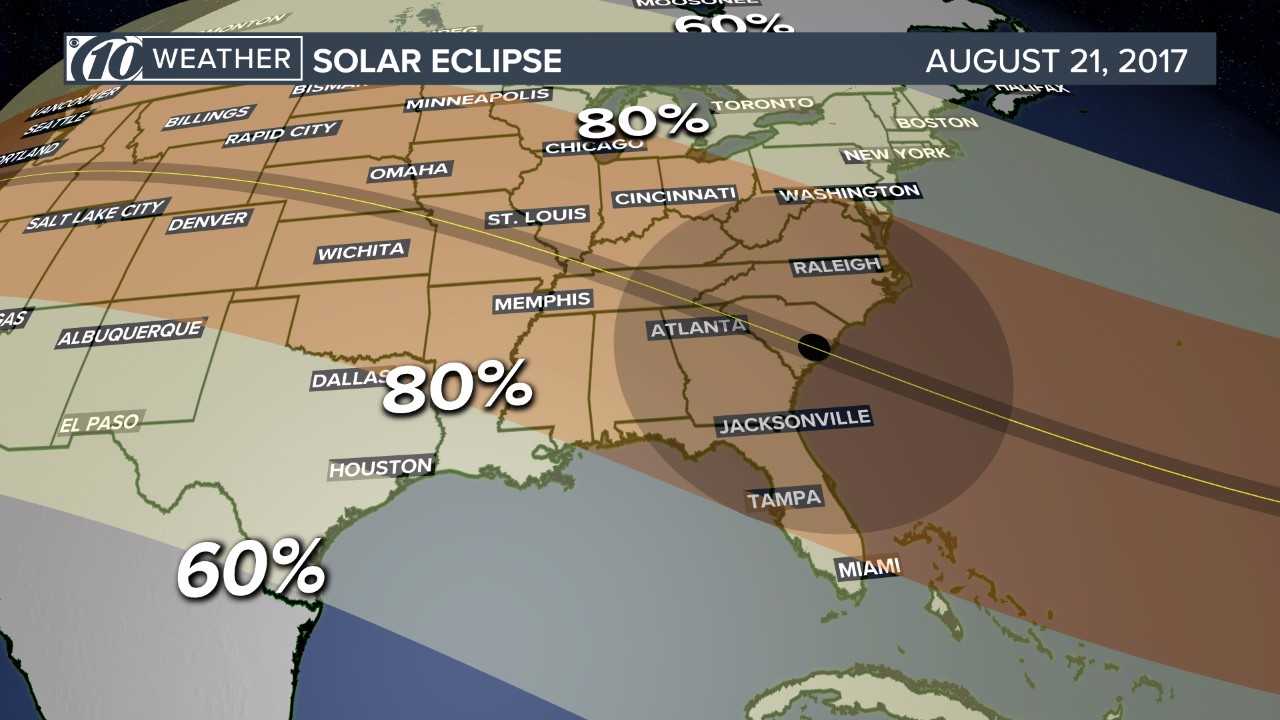When it comes to celestial events, solar eclipses often capture our imagination and curiosity. However, is looking at the eclipse worse than the sun? This question has intrigued many astronomy enthusiasts and casual observers alike. Understanding the risks associated with viewing an eclipse is crucial to ensuring your eye safety during these breathtaking events.
Solar eclipses are among the most spectacular phenomena in the sky, offering a rare glimpse of the moon passing in front of the sun. However, the danger of staring directly at the eclipse without proper precautions is a concern that should not be ignored. In this article, we will explore why looking at the eclipse can be harmful and how it compares to looking directly at the sun.
Our aim is to provide you with a comprehensive understanding of the risks involved, safety measures, and expert advice to protect your eyes during solar eclipses. Let’s delve into the science behind this phenomenon and learn how to enjoy these events safely.
Read also:Unveiling The Best Defense Playbook College Football 25 Strategies That Dominate
Table of Contents
- Introduction
- Understanding Solar Eclipses
- How Looking at the Eclipse Can Damage Your Eyes
- Is Looking at the Eclipse Worse Than the Sun?
- Safety Tips for Viewing Solar Eclipses
- Recommended Tools and Equipment
- Debunking Common Myths About Eclipse Viewing
- The Science Behind Solar Eclipses
- Statistics on Eclipse-Related Eye Injuries
- Conclusion
Understanding the Importance of Eye Safety During Eclipses
As we marvel at the beauty of a solar eclipse, it’s essential to prioritize eye safety. The intense radiation emitted by the sun can cause severe damage to the eyes, even during partial phases of the eclipse. Understanding the risks and taking appropriate precautions is vital for anyone planning to observe this celestial event.
Understanding Solar Eclipses
What Is a Solar Eclipse?
A solar eclipse occurs when the moon passes between the Earth and the sun, blocking the sun's light temporarily. There are three main types of solar eclipses: total, partial, and annular. Each type presents unique opportunities for observation but also comes with its own set of risks.
Why Are Solar Eclipses So Special?
Solar eclipses are rare and awe-inspiring events that draw attention from all over the world. They offer a chance to witness the intricate dance of celestial bodies in our solar system. However, the allure of these events should not overshadow the importance of safety when observing them.
How Looking at the Eclipse Can Damage Your Eyes
Staring directly at the sun or an eclipse without proper protection can lead to a condition known as solar retinopathy. This occurs when the retina, the light-sensitive part of the eye, is exposed to intense solar radiation, causing irreversible damage.
- Solar retinopathy can result in blurred vision or even permanent blindness.
- The damage often occurs without immediate pain, making it difficult to detect until it’s too late.
- Children and young adults are particularly vulnerable due to their clearer lenses, which allow more harmful radiation to reach the retina.
Is Looking at the Eclipse Worse Than the Sun?
While both activities involve staring at the sun, there are subtle differences in the risks involved. During a solar eclipse, the moon partially or fully blocks the sun, creating the illusion that it’s safe to look directly at it. However, even during partial phases, the sun’s harmful rays can penetrate the moon’s shadow and damage your eyes.
Key Differences:
Read also:Troubleshooting Instagram Resolving Something Went Wrong Error
- During a total eclipse, the sun is completely obscured, but only for a brief period. Observers may mistakenly believe it’s safe to look without protection during partial phases.
- The sun emits ultraviolet (UV) radiation, which is invisible to the naked eye but can cause severe damage.
- Looking directly at the sun outside of an eclipse poses a constant risk, whereas eclipse viewing requires specific precautions due to the intermittent nature of the event.
Safety Tips for Viewing Solar Eclipses
Use Proper Eclipse Glasses
One of the most effective ways to protect your eyes during an eclipse is by using certified eclipse glasses. These glasses are designed to filter out harmful UV and infrared radiation, allowing you to safely observe the event.
Avoid Using Unsafe Viewing Methods
Do not attempt to view the eclipse through regular sunglasses, homemade filters, or other inadequate materials. These methods do not provide sufficient protection and can lead to serious eye injuries.
Practice Safe Viewing Techniques
- Always supervise children during eclipse viewing to ensure they use proper equipment.
- Regularly inspect your eclipse glasses for scratches or damage before using them.
- Do not look at the sun through unfiltered cameras, telescopes, or binoculars, as these devices can magnify the sun’s rays and cause severe damage.
Recommended Tools and Equipment
Eclipse Glasses
Invest in high-quality eclipse glasses certified by international standards, such as ISO 12312-2. These glasses are specifically designed to block 99.999% of sunlight, ensuring maximum safety during observation.
Pinhole Projectors
For those who prefer indirect viewing, pinhole projectors offer a safe and inexpensive alternative. By projecting the image of the eclipse onto a surface, you can enjoy the event without risking your eyesight.
Telescopes and Binoculars with Solar Filters
If you’re an avid astronomy enthusiast, consider using telescopes or binoculars equipped with solar filters. These tools allow for detailed observation while maintaining eye safety.
Debunking Common Myths About Eclipse Viewing
Myth 1: It’s Safe to Look at the Eclipse During Totality
While it’s true that you can briefly look at the sun during totality without glasses, this phase lasts only a few minutes. Any exposure before or after totality requires proper eye protection to avoid damage.
Myth 2: Regular Sunglasses Offer Sufficient Protection
Regular sunglasses do not provide the necessary filtration to block harmful solar radiation. Only certified eclipse glasses or specialized equipment should be used for safe viewing.
Myth 3: Eclipse Damage is Immediate and Painful
Solar retinopathy often develops gradually and without pain, making it difficult to detect until significant damage has occurred. This underscores the importance of taking preventive measures.
The Science Behind Solar Eclipses
Solar eclipses occur due to the precise alignment of the Earth, moon, and sun. When the moon passes directly between the Earth and the sun, it casts a shadow on the Earth’s surface, creating a temporary period of darkness. This alignment is governed by the laws of celestial mechanics and occurs at predictable intervals.
Fun Fact: Solar eclipses can only happen during a new moon phase when the moon is positioned between the Earth and the sun.
Statistics on Eclipse-Related Eye Injuries
According to studies conducted by ophthalmologists, there has been a noticeable increase in reported cases of solar retinopathy following major solar eclipses. For example, during the 2017 Great American Eclipse, several individuals experienced vision problems due to improper viewing practices.
Research from reputable sources, such as the American Academy of Ophthalmology, emphasizes the importance of education and awareness in preventing these injuries. By following expert guidelines, you can significantly reduce the risk of harm.
Conclusion
In conclusion, is looking at the eclipse worse than the sun? While both activities pose risks, the intermittent nature of eclipses and the potential for misjudgment make them particularly dangerous. By understanding the science behind solar eclipses and adhering to safety guidelines, you can enjoy these celestial events without compromising your eye health.
We encourage you to share this article with friends and family to promote awareness about safe eclipse viewing practices. For more informative content on astronomy and related topics, explore our other articles and stay updated on the latest developments in the field.


